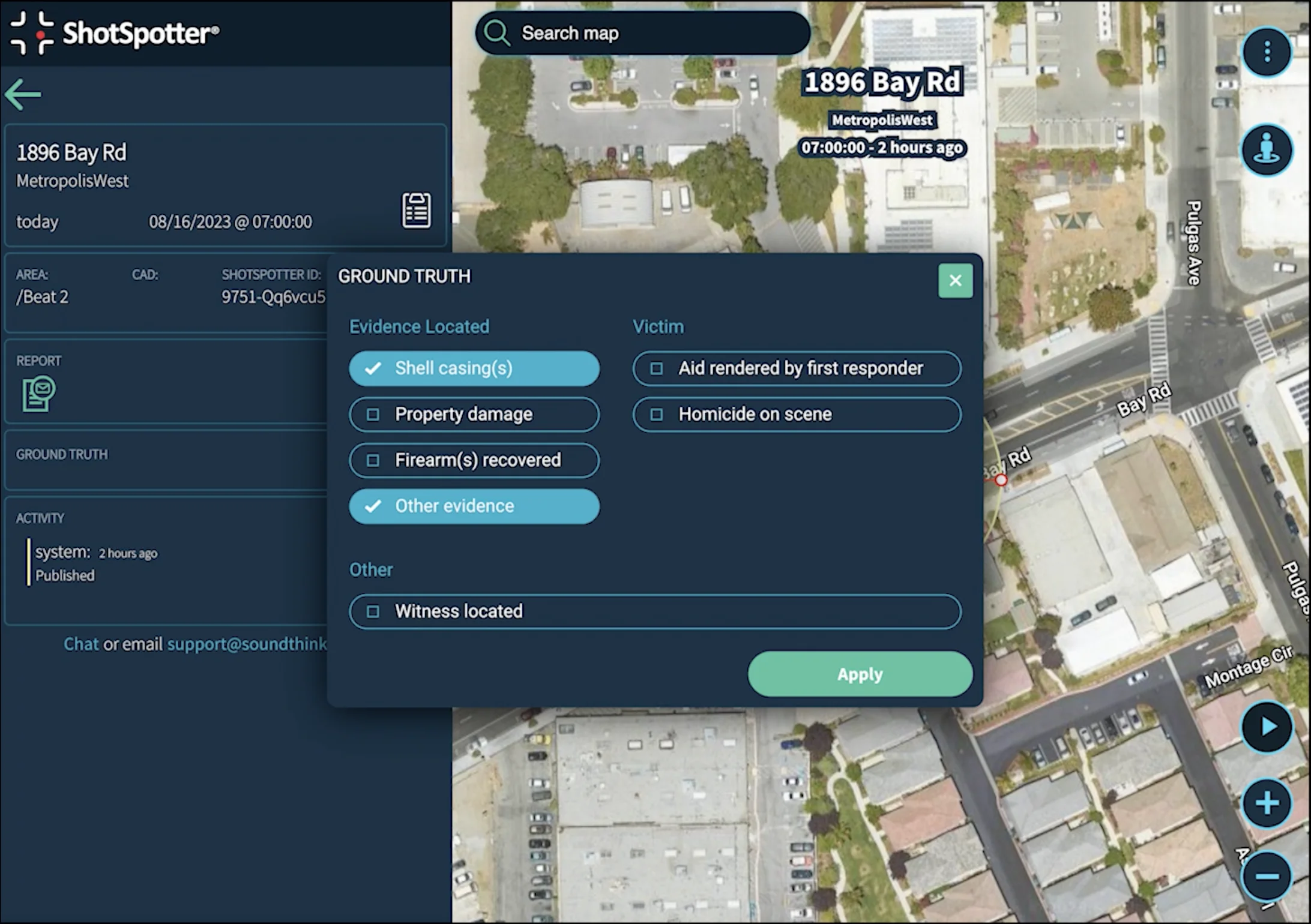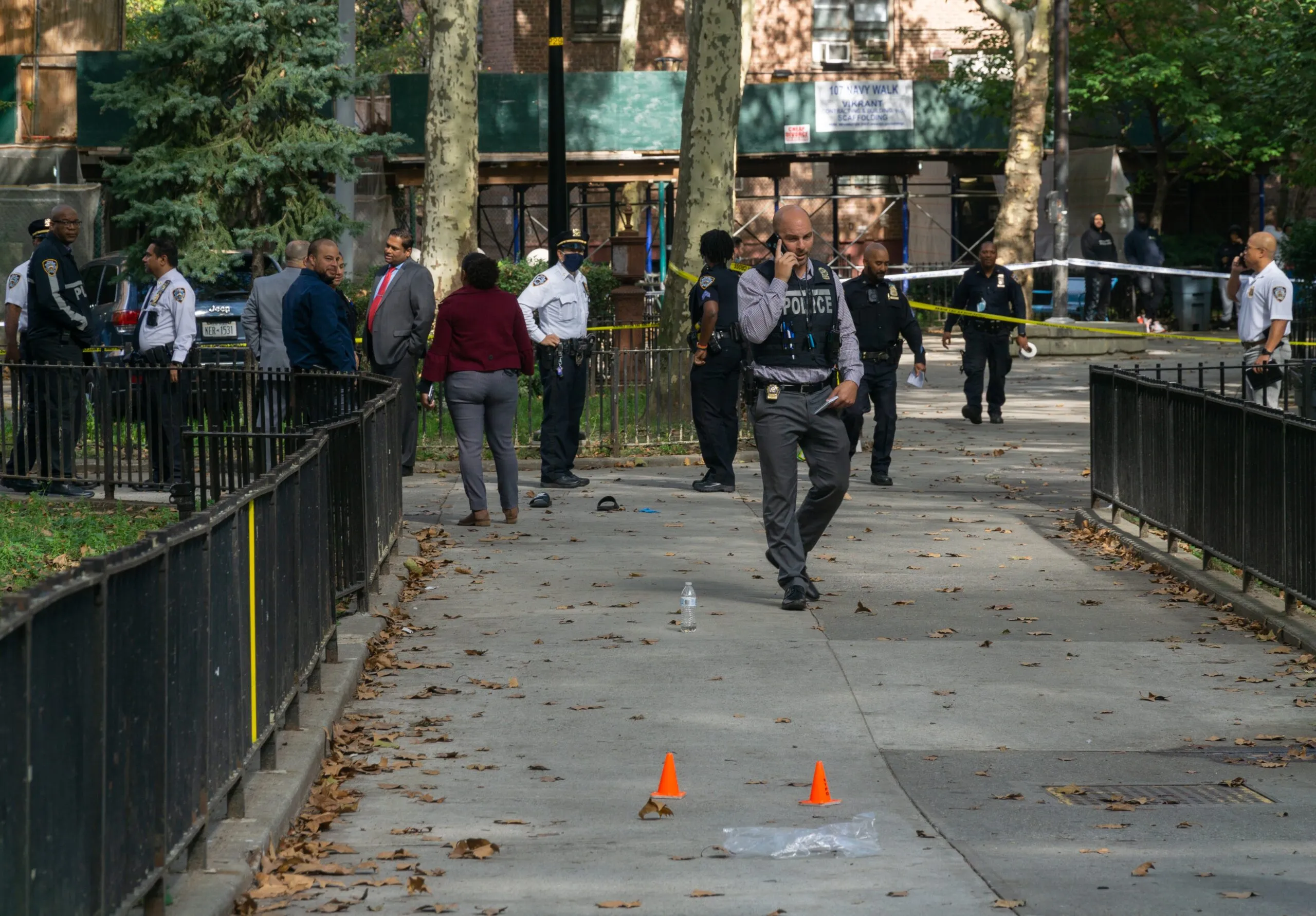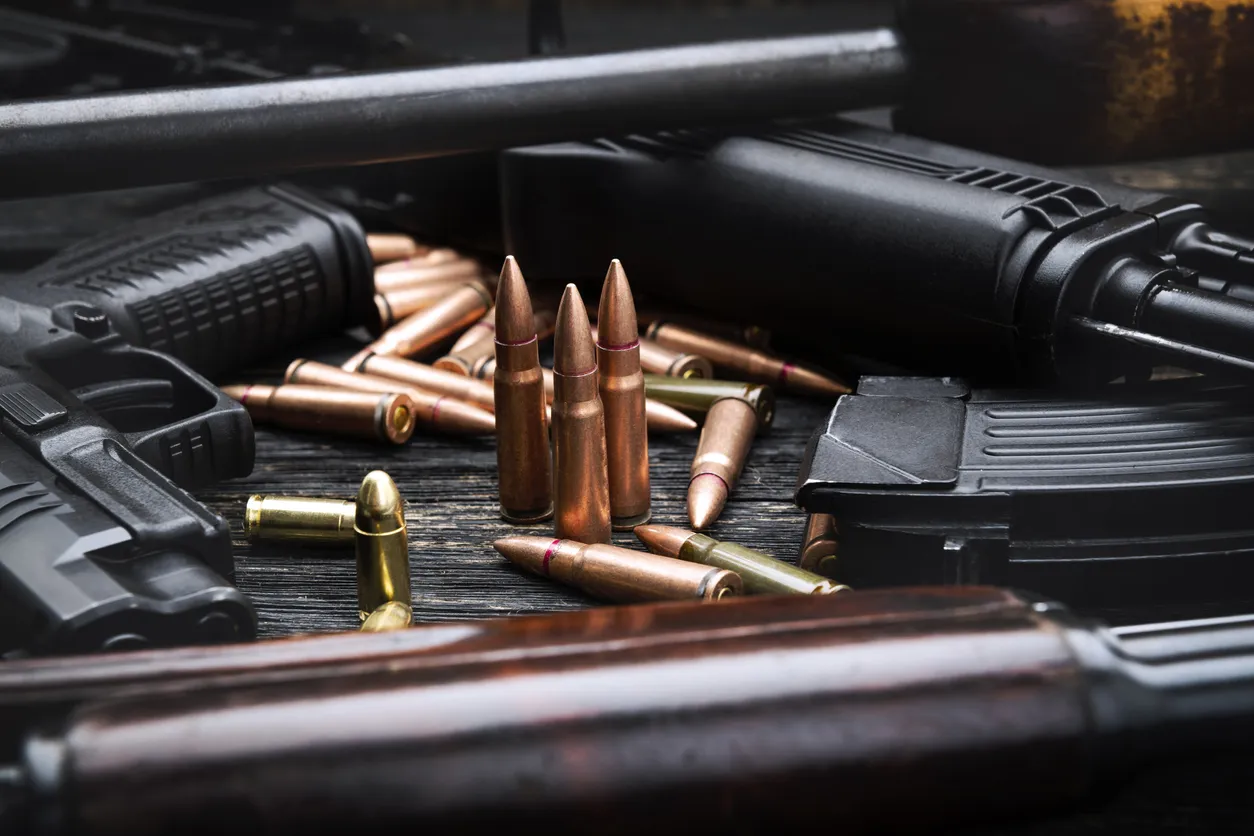Gun violence is a severe problem in this country, but after the tumultuous year of 2020 it has exploded into a full-blown crisis that impacts communities, law enforcement and businesses. In 2020 the U.S. had the highest number of gun violence deaths in more than 20 years, according to data from Gun Violence Archive. On top of that, we have experienced sharply increasing gun sales, breaking records with a 65 percent spike from 2019 to 2020 according to estimates from Small Arms Analytics.
As federal, state and local law enforcement agencies struggle to combat this epidemic of gun violence, there is one comprehensive strategy that is seeing success and expanding – the Crime Gun Intelligence (CGI) concept and the activation of Crime Gun Intelligence Centers (CGICs) run by ATF in 25 U.S. regions. Law enforcement agencies of all sizes are already benefiting from tapping into CGI as a powerful initiative that guides their policing strategies and many have become active partners in a regional CGIC.
CGI zeroes in on gun violence – the mission is to disrupt the shooting cycle by identifying and prosecuting shooters and their sources of crime guns. In our experience with ATF and CGICs, we advise agencies that there are four critical steps they must implement for a sustainable and effective CGIC program:
- Immediate and comprehensive collection of all ballistics evidence and timely submission to NIBIN.
- Rapid entry and comparison of all ballistics evidence in NIBIN.
- Thorough and timely investigative follow up on any NIBIN hits.
- Feedback on the NIBIN hit and intelligence referral and value.
It All Starts with the Technology:
The right CGI strategy relies heavily on the right blend of technology, process and people. But the key to CGI success truly rests on the right technology, because if you don’t get that right, all the best people and processes will not put your agency in a position to succeed.
As many of us closely involved in CGI like to say, “if you can’t detect, then you can’t collect.” Research has shown that only approximately 20 percent of 9-1-1 calls for gunfire are called in, leaving 80 percent of incidents unreported for law enforcement to act on. What has helped better inform many agencies, and allowed for CGI to progress, has largely been enabled through technology, such as SoundThinking’s™ gunshot detection solution. Shotspotter® functions as the “tip of the spear” to make it possible to locate and collect the evidence required to start the entire process and then engage the right people to move forward with investigations, arrests and prosecution. What we have found is that the gun violence problem is large, but there are actually a proportionately small number of offenders (trigger pullers and firearms traffickers). The CGI goal is to get these criminals who are driving the violence off the streets and disrupt the shooting cycle. When CGI is successful it reduces the number of illegal firearms, which leads to safer neighborhoods and a drop in other crimes as well.
SoundThinking’s ShotSpotter gunshot detection solution enables law enforcement to know in real-time the precise location of a shooting incident so officers can respond quickly to the scene to apprehend the shooter, help victims, and then importantly be more informed and timely in critical evidence collection.
Relying on a Smart Process:
The crime scene shell casings and crime guns collected begin the CGI process, so it’s important for quick action by local law enforcement to input the shell casings into NIBIN for further analysis and processing. The backbone of the NIBIN program is the comprehensive collection of evidence at all gun related incidents, otherwise the data does not provide an accurate picture of the violent crime in a CGIC area of operation. Once entered into NIBIN, the process moves to other technologies such as crime gun tracing (eTrace) – for the best outcomes these two networks should begin within 24-48 hours of recovery. Next the role of technology continues to be valuable as experts develop leads and further analyze social media, cell phone records, service provider data (such as Google), HALO cameras, LPRs and then move on to investigations, report sharing and prosecutions.

Source: US Department of Justice
It is imperative that local agencies buy into the CGI concept as a strategic investment or what you might call a “long game” approach. The payoff is proven to be significant, but success hinges on a careful step-by-step approach, increasing cooperation and partnerships, and community support.
Assembling the Right People:
The final phase is the people who bring it all together. The model is built on interagency collaboration and unites key strategic and tactical stakeholders and resources dedicated to CGI. As the saying goes, “the sum of the whole is greater than its parts.” That is very true in CGI and the role of each partner is equally as important as the next and all share a purpose and respect for each perspective.
The staffing strategically coordinates a variety of personnel including ATF Special Agents, ATF Industry Operations Investigators, ATF Intelligence Specialists, state and local law enforcement and task force officers, District and county attorneys, and other local, state and federal partners. In some cases local community groups and academics may also collaborate.
The CGI model has also been a catalyst to expand staffing with forensic intelligence analysts to translate firearm-related testing results and create actionable intelligence reports for detectives. Forensic analysis can help drive an investigation and support law enforcement in the efficient use of their investigative resources.
Getting Started:
One of the first action items for an agency committing to CGI is to adopt the right technology to be able to adhere to the best practices for the program. At the top of the list is ShotSpotter to ensure that all gunshot activity in their jurisdiction is detected and officers alerted quickly. For those already using ShotSpotter, it is a smooth next step to adopt CGI strategies and link up with the nearest CGIC. The CGI concepts are a smart extension to how many agencies are already using ShotSpotter, for example as the foundation for real-time crime centers, etc. When expanding into CGI, ShotSpotter enables even greater utilization and further improves case clearance rates.
For agencies seeking to deploy ShotSpotter for the first time and get linked into CGI, it is important to rethink how to use the new technology to effectively transform policing in your community. Depending on your agency, this may require first addressing budget, making a commitment to training, being open to transparency and accepting accountability for the higher number of actual gun activity in your jurisdiction. Remember, 9-1-1 is not an accurate reporting of all gunshot events in an area. In fact, it is very likely to be orders of magnitude higher.
The issue of transparency has emerged as one of critical relevance in today’s world and the good news is that ShotSpotter does not see people or color – it is purely technology that operates with advanced acoustics, without bias, to enable a fast response to wherever an incident occurs. Furthermore, most police chiefs would agree that it is better to be aware of your gun violence statistics – even if they are high or rising – so they can be addressed, rather than to look the other way or hope you can just arrest your way out of it. Unfortunately, that approach has not proven to be viable in today’s world and the sooner agencies invest in smart technology and leveraged partnerships such as CGI, the sooner we can collectively drive down gun shootings and make communities safer.
Part of a Broader Solution
CGI is a smart strategy for agencies of all sizes to help address violent gun crime. With technology like ShotSpotter® in place, the entire process of CGI is enabled with a reliable solution that ensures officers are aware of and can respond quickly to all gunfire events in their communities. It is better to know what we know, and then be able to take action and be a part of the broader gun violence solution available with CGI and CGICs.







